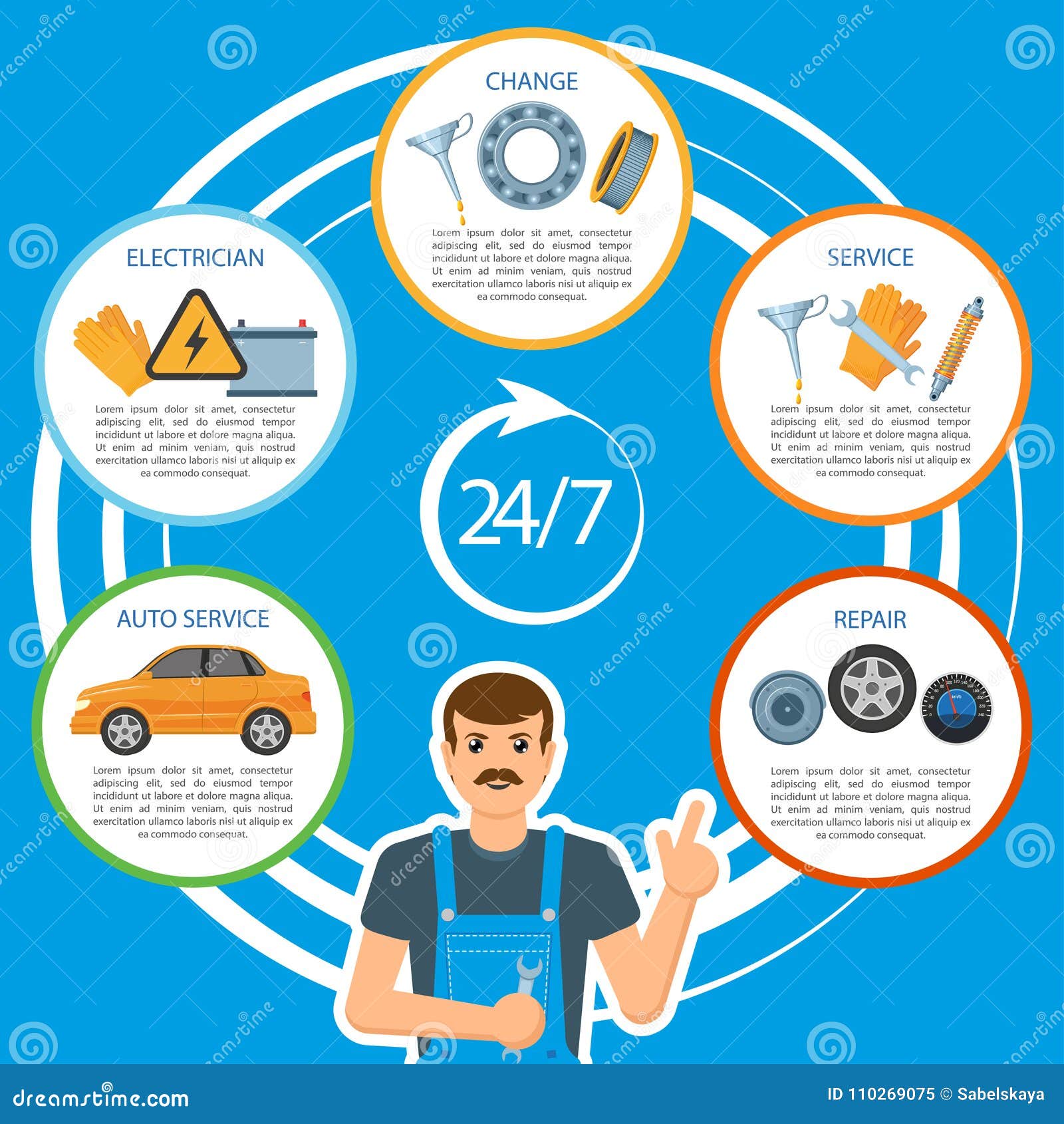Assessing Your Car'S Warning Indicators: What They Truly Communicate
Assessing Your Car'S Warning Indicators: What They Truly Communicate
Blog Article
Material Author-Boye Stark
When you're behind the wheel, those beautiful caution lights on your control panel can be a bit perplexing. Do adetailer understand what they're trying to tell you concerning your vehicle's health? Recognizing the value of these lights is crucial for your safety and the longevity of your automobile. So, the following time among those lights appears, wouldn't you wish to decipher its message precisely and take the required actions to address it?
Common Caution Lighting and Interpretations
Recognize typical caution lights in your cars and truck and understand their meanings to make certain risk-free driving.
The most common warning lights consist of the check engine light, which signals issues with the engine or exhausts system. If this light begins, it's crucial to have your vehicle checked without delay.
The oil stress cautioning light indicates low oil pressure, calling for prompt focus to prevent engine damages.
A blinking battery light might suggest a defective charging system, possibly leaving you stranded if not attended to.
The tire stress monitoring system (TPMS) light notifies you to reduced tire stress, influencing lorry stability and gas efficiency. Ignoring this might bring about hazardous driving problems.
The abdominal muscle light suggests a trouble with the anti-lock braking system, jeopardizing your ability to stop rapidly in emergency situations.
Last but not least, the coolant temperature level warning light warns of engine getting too hot, which can cause serious damages if not dealt with promptly.
Understanding these usual caution lights will certainly aid you address concerns immediately and maintain risk-free driving conditions.
Importance of Prompt Interest
Understanding the common warning lights in your cars and truck is just the initial step; the importance of without delay attending to these warnings can't be stressed sufficient to ensure your security when traveling.
When a caution light brightens on your control panel, it's your car's means of connecting a prospective concern that requires focus. Overlooking these warnings can cause extra serious problems later on, jeopardizing your security and possibly costing you much more out of commission.
Motivate focus to advising lights can protect against breakdowns and crashes. As an example, a flashing check engine light can suggest a misfire that, if left ignored, could cause damages to the catalytic converter. Addressing this immediately can save you from a pricey repair work.
In a similar way, a brake system cautioning light could signal reduced brake liquid or worn brake pads, vital elements for your security when driving.
Do It Yourself Troubleshooting Tips
If you discover a caution light on your control panel, there are a couple of DIY troubleshooting tips you can try prior to seeking professional assistance.
https://brake-check83837.answerblogs.com/30146179/a-thorough-manual-on-auto-outlining-materials-necessary-insights-for-beginners is to consult your auto's handbook to recognize what the particular warning light shows. Occasionally boat detailers near me can be as straightforward as a loose gas cap activating the check engine light. Tightening the gas cap may solve the issue.
aucklandcargrooming is a low battery, which can activate different warning lights. Inspecting the battery links for deterioration and ensuring they're safe could fix the issue.
If a caution light persists, you can try resetting it by disconnecting the automobile's battery for a couple of minutes and then reconnecting it. In addition, inspecting your automobile's liquid degrees, such as oil, coolant, and brake liquid, can aid troubleshoot alerting lights associated with these systems.
Conclusion
Finally, understanding your car's warning lights is necessary for maintaining your lorry running efficiently and safely. By promptly attending to these alerts and understanding what they mean, you can stay clear of costly repair work and potential malfunctions.
Remember to consult your automobile's manual for particular information on each cautioning light and do something about it accordingly to make sure a hassle-free driving experience.
Keep notified, stay risk-free on the road!
